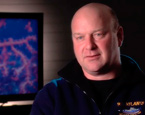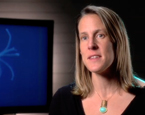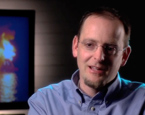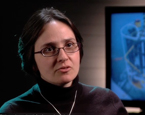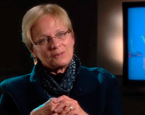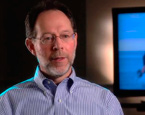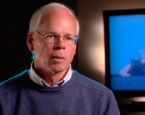6. Assessing the Impacts
Soon after the blowout, scientists began exploring how the disaster might affect the Gulf ecosystem. Oil-drenched birds and fish are obvious victims, but potential damage extends to organisms at the seafloor, in the mud in of coastal marshes, and throughout the full depth of the water column.
Several months before the spill, WHOI biologist Tim Shank and geologist Chris German helped launch a project with Chuck Fisher of Pennsylvania State University to study the little-known deep-sea corals of the Gulf. Using deep-sea vehicles and instruments, they surveyed thriving communities of corals and the animals that depend on them. Their work provided invaluable baseline information about the Gulf’s seafloor ecosystem prior to the spill. When they went back after the spill, many of the communities they found appeared normal, but they also found unhealthy-looking animals, some coated with a fluffy brown material.They brought back samples of both for detailed analysis.
Oil wasn’t the only worry; biologists also feared that Gulf organisms might be harmed by the dispersants that were applied near the broken wellhead and on the surface. Over the past few years, WHOI biologist Ann Tarrant and her colleagues have been using a delicate anemone as a “guinea pig” to assess the effects of pollutants on marine invertebrates. They devised a technique to identify which genes the anemone turns on in response to potentially toxic substances. Now they are using their method to study how the anemone responds to oil and dispersant.
Dispersants had never been used in such large amounts and at such great depth before. Tracking where the potentially toxic dispersants went became as much of a challenge as tracking the plume of oil. In recent years, WHOI’s Elizabeth Kujawinski and colleagues developed a method to detect vanishingly small amounts of chemicals within a complex mix of compounds. When she used it to look for dispersant in Gulf water, she found that at least some components of the dispersant persisted for months.
The basic research these WHOI scientists did long before the spill gave them the specialized instruments, methods, and expertise they needed to respond quickly when the emergency broke.
WHOI personnel in this video (in order of appearance):
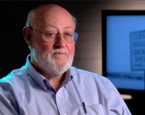
John Farrington
Marine biogeochemist
